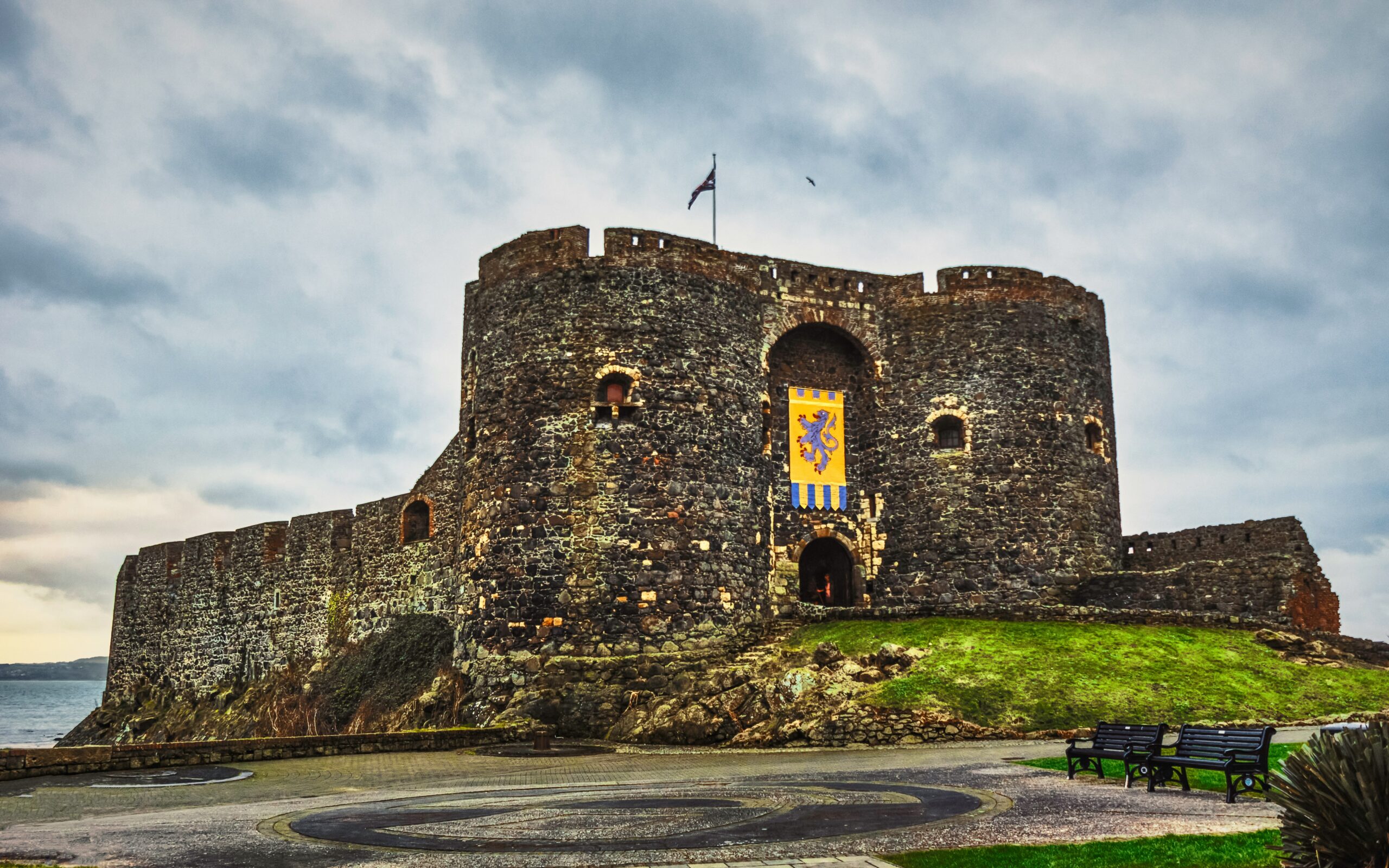
Shergarh Fort: A Hidden Treasure in Baran, Rajasthan
Nestled in the town of Baran in Rajasthan, Shergarh Fort is an intriguing historical site that combines architectural elegance with a rich heritage. Although less renowned than some of Rajasthan’s other forts, Shergarh Fort offers a unique glimpse into the region’s history and showcases the architectural and strategic brilliance of its era.
A Historical Overview
Shergarh Fort was constructed in the 15th century by the Rajput rulers of the region. It served as a defensive stronghold and royal residence, reflecting the strategic importance of Baran in the historical context of Rajasthan. The fort’s design and architecture reflect the traditional Rajput military style, characterized by robust defensive features and intricate decorative elements.
Why Visit?
- Architectural Significance: Shergarh Fort is notable for its traditional Rajput architecture, including its thick walls, bastions, and elaborate gate designs. The fort’s layout and construction showcase the defensive and aesthetic considerations of the period.
- Historical Interest: The fort’s historical background, including its role in regional defense and politics, offers valuable insights into the local history of Rajasthan.
Key Attractions Within the Fort
The Main Entrance: The fort features a grand entrance with impressive gates and fortifications. This entrance serves as a dramatic introduction to the fort’s inner areas and reflects its defensive capabilities.
Palace Complex: Inside the fort, you can explore the remains of the royal palace complex. Although some parts are in ruins, the palace structures offer a glimpse into the opulent lifestyle of the Rajput rulers.
Temples: Shergarh Fort includes several temples dedicated to Hindu deities. These temples, adorned with intricate carvings and architectural details, add a spiritual dimension to the fort.
Step Wells and Reservoirs: The fort features ancient step wells and water reservoirs, which were essential for sustaining the inhabitants during the fort’s occupation. These structures highlight the fort’s practical design and ingenuity.
Watchtowers and Bastions: The fort has several watchtowers and bastions that offer panoramic views of the surrounding landscape. These features underscore the fort’s strategic importance and provide excellent vantage points.
Historical Remnants: Explore various remnants within the fort, including old walls, battlements, and chambers. These remnants provide insights into the fort’s historical and architectural significance.
Tips for Your Visit
Best Time to Visit: The ideal time to visit Shergarh Fort is from October to March, when the weather is cooler and more comfortable for exploring. The fort is less crowded during these months, providing a more serene experience.
What to Wear: Wear comfortable clothing and sturdy shoes suitable for walking and exploring the fort’s uneven terrain. Given the arid climate, light, breathable fabrics and sun protection (hats, sunglasses, sunscreen) are recommended.
Guided Tours: Consider hiring a local guide or joining a tour to gain deeper insights into the fort’s history and architecture. Guides can provide valuable context and enhance your visit.
Photography: Shergarh Fort offers excellent opportunities for photography, from its architectural details and historical ruins to the panoramic views of the surrounding landscape. Capture the contrast between the ancient structures and the natural surroundings.
Local Cuisine: While dining options within the fort are limited, you can explore local eateries in Baran for traditional Rajasthani cuisine. Enjoy regional specialties and immerse yourself in the local food culture.
Shergarh Fort offers a unique and enriching experience for those interested in exploring Rajasthan’s lesser-known historical sites. Its impressive architecture, historical significance, and scenic surroundings make it a captivating destination. Whether you’re exploring its royal ruins, admiring the architectural details, or enjoying the panoramic views, Shergarh Fort provides a memorable journey into the heart of Rajasthan’s heritage.
